In the vast ocean of music production, high-quality sound compression is an essential lighthouse that guides the journey. That’s exactly what we’ll be diving into today, specifically focusing on Retro Instruments 176. By joining me on this deep dive, you’ll gain comprehensive insights and understand whether this impressive tool checks all your audio compression requirements.
When it comes to Retro Instruments 176, its stellar performance and striking characteristics truly set it apart in an excursion of sound management. Offering silky smooth audio processing with unparalleled flexibility and warmth, this piece of engineering marvel is truly a gem for any dedicated music producer.
| Feature | Description |
|---|---|
| Design | Authentic variable-mu tube |
| Controls | Precision knob scales for gain reduction, attack, release, compression ratio |
| Compression Ratio | Four settings: 2:1, 4:1, 8:1, 12:1 |
| Sidechain Highpass Filter | Wide-Range |
| Vocal Asymmetry Tool | Yes |
| Bypass | Hard-wire bypass switch, Interstage Transformer Bypass switch |
| Meter | Quality VU Meter switchable between Input, Output, and Gain Reduction |
| Inputs/Outputs | XLR |
| Power | 115/230V AC Mains |
| Channels | Single-Channel |
| Chassis | 19-inch rack-mount |
| Rack Spaces | 2U |
| Digital I/O | No |
| Tube or Solid State | Tube |
Retro Instruments 176: A Quick Overview
The Retro Instruments 176 is a classic variable-mu tube compressor that stands out with its authentic vintage design. Equipped with precision knob scales, it allows for fine-tuning of gain reduction, attack, release, and compression ratios.
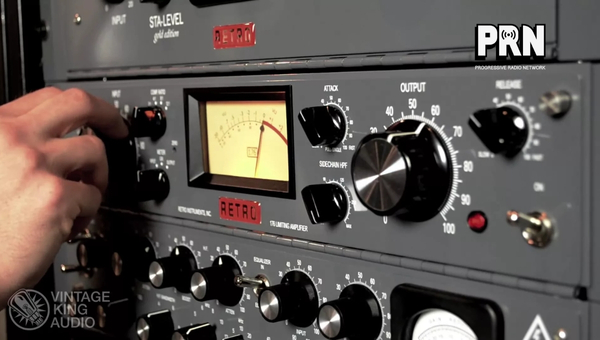
Users can choose between four different compression settings (2:1, 4:1, 8:1, and 12:1), making it a versatile tool for various audio applications. The wide-range sidechain highpass filter enhances control and flexibility during the mixing process.
Additionally, the 176 features a vocal asymmetry tool which is particularly useful for capturing dynamic vocal performances accurately. The unit includes hard-wire bypass and interstage transformer bypass switches to facilitate seamless integration into any setup.
It also offers top-quality VU metering that can be switched to display input, output, or gain reduction levels. With XLR inputs/outputs and compatibility with both 115V and 230V mains power supplies, this single-channel compressor fits snugly into a standard two-unit rack space for ease of use in studio environments.
Design
The Retro Instruments 176 is a real eye-catcher. It has an Authentic variable-mu tube design, giving it a vintage touch. The glossiness complements the overall aesthetic. It’s far from regular. I believe its unique look will attract many music creators and enthusiasts alike.
The precision knob scales for gain reduction, attack, release, and compression ratio are laid out meticulously. This detailed setup offers an easy-to-use interface for all users.
Standing tall in its 19-inch rack-mount chassis, the Retro Instruments 176 showcases stunning professionalism with its top-notch design features. From looks to functionality, every element is thoughtfully crafted!
Also Read: AKG K712 Pro Review: Unveiling the Superior Audio Device
Build Quality
Regarding performing under normal conditions, the Retro Instruments 176 could teach a master class. Why? It’s all down to its impressively sturdy build quality.
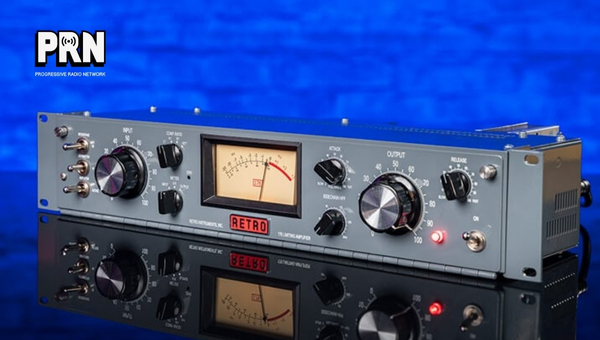
Let me start with the chassis of this beauty. It’s housed in a solid 19-inch rack-mount chassis that beams with resilience and durability. This isn’t just a showpiece, but an instrument built to last for years, even with regular usage.
But that’s not all; one special feature that caught my eye is the hard-wire bypass switch. A seemingly simple addition you might think, but trust me it accentuates the overall functionality of this amplifier significantly.
Superior Sonic Quality
If you’re searching for top-shelf sonic quality, look no further than the Retro Instruments 176. I found myself utterly amazed by the audio it dishes out. Every tone, every note – it wraps them all in a warm, musical envelope that’s hard to resist.
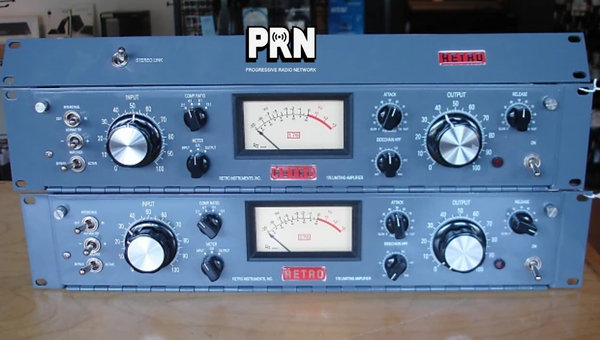
An interesting tool in its arsenal is the Vocal Asymmetry Tool. Singers can tell you how uneven their delivery can be sometimes. This tool evens out those peaks and valleys, giving a smooth and balanced vocal track no matter who’s at the mic.
Moving on to its sidechain highpass filter, let me tell you – it’s a game-changer! This wide-range feature takes away any excessive bass that might muddle up your mix. It doesn’t just leave your sound clean but also brings a splendid clarity to proceedings.
Also Read: PreSonus AudioBox iOne Review: An In-Depth Look
Performance
Retro 176 is a real workhorse, offering sterling performance. A few key highlights of its performance are:
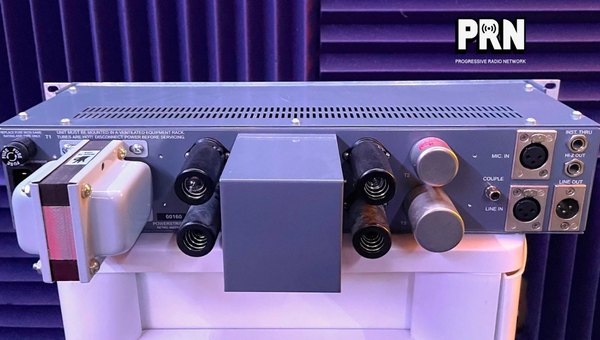
- Powerful and Versatile: The power of the Retro Instruments 176 rests not just in its authentic variable-mu tube design but also in how this single-channel beast can be used effectively for varied sound sources. Whether it’s vocals, strings, or percussions – you will confidently find it does more than just ‘get the job done’.
- Precise Controls: One of the features I love about Retro Instruments 176 is the precision knob scales; they allow for extremely accurate settings for gain reduction, attack, release, and even compression ratio.
- Rich Warm Sound: Owing to its tube design, the audio it amplifies isn’t only loud but carries a warm and rich quality to it – music to one’s ears.
Inputs/Outputs Of The Amplifier
One of the remarkable features of the Retro Instruments 176 is its XLR inputs and outputs. Now, you may be wondering, what is an XLR socket? Simply put, it’s a type of electrical connector used in professional audio. It provides a balanced connection for better sound quality and greatly reduced interference.
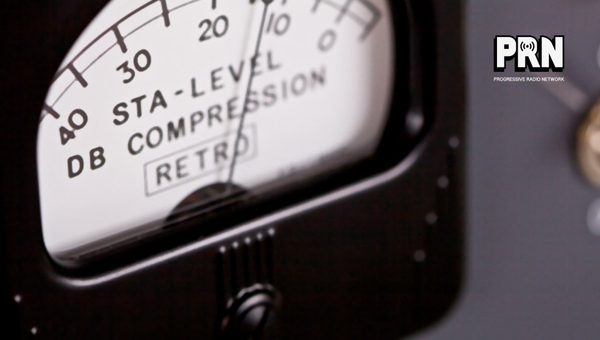
Here are some key details about Retro Instrument 176’s XLR sockets:
- Type: The amplifier has XLR connectors for both input and output.
- Benefits: These sockets deliver high-quality audio and minimal noise interference & they’re commonly used in professional settings.
- Placement: You can find these connectors on the rear panel of this unit.
Also Read: JBL 305P Mk2 Review: The Perfect Studio Monitor?
Pros And Cons
| Pros | Cons |
|---|---|
| Offers a range of compression ratios (2:1, 4:1, 8:1, 12:1), allowing tailored sound for different applications | Although it provides superior sound quality, its tube trait can be extra sensitive to rough handling |
| Tube powered design delivers warmer and richer sound quality | It occupies two rack spaces which might be bulky for some setups |
| Hard-wire bypass switch allows ease of operation during live productions or recording sessions | It is a single-channel unit which may not suit setups needing multiple channels |
| Sturdy rack-mount chassis proffers considerable product lifespan under regular use conditions | Absence of digital I/O can limit compatibility with certain equipment |
| The sidechain highpass filter offers an added dimension to shaping sounds (Wide-Range) | The power settings (115/230V AC Mains) may not accommodate some global power requirements |
Conclusion
After thorough scrutiny, it’s clear that the Retro Instruments 176 gives serious audio enthusiasts a run for their money. Its sturdy design, vintage aesthetics, superior sonic quality, and user-friendly controls make it a powerhouse of audio amplification. Its robust capabilities meet most audio requirements with finesse.
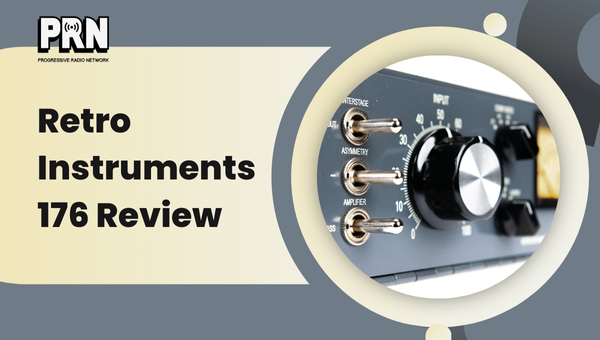
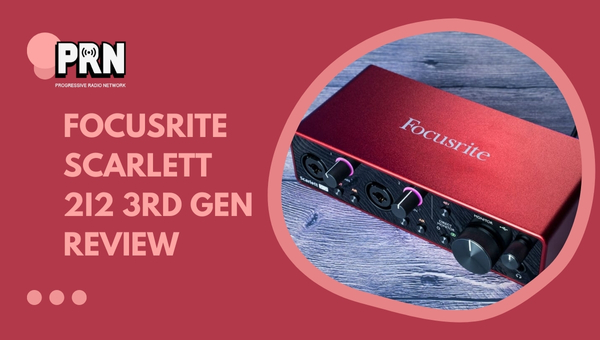


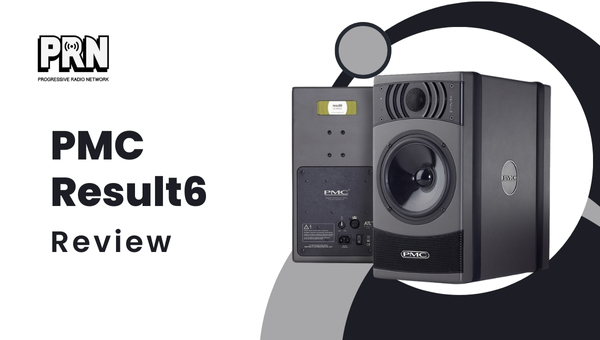
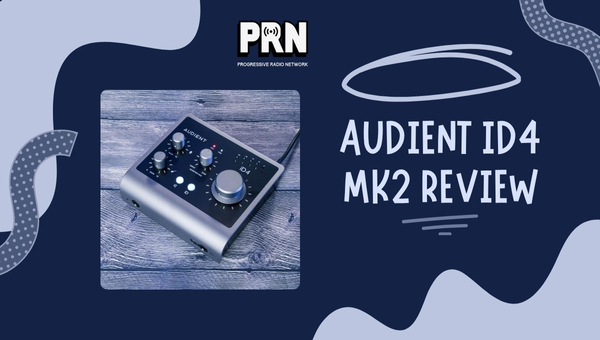
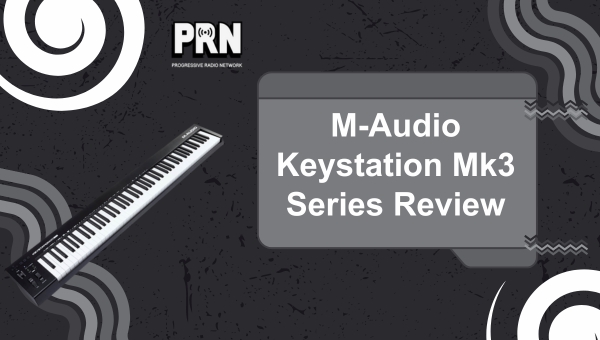
Leave a Comment